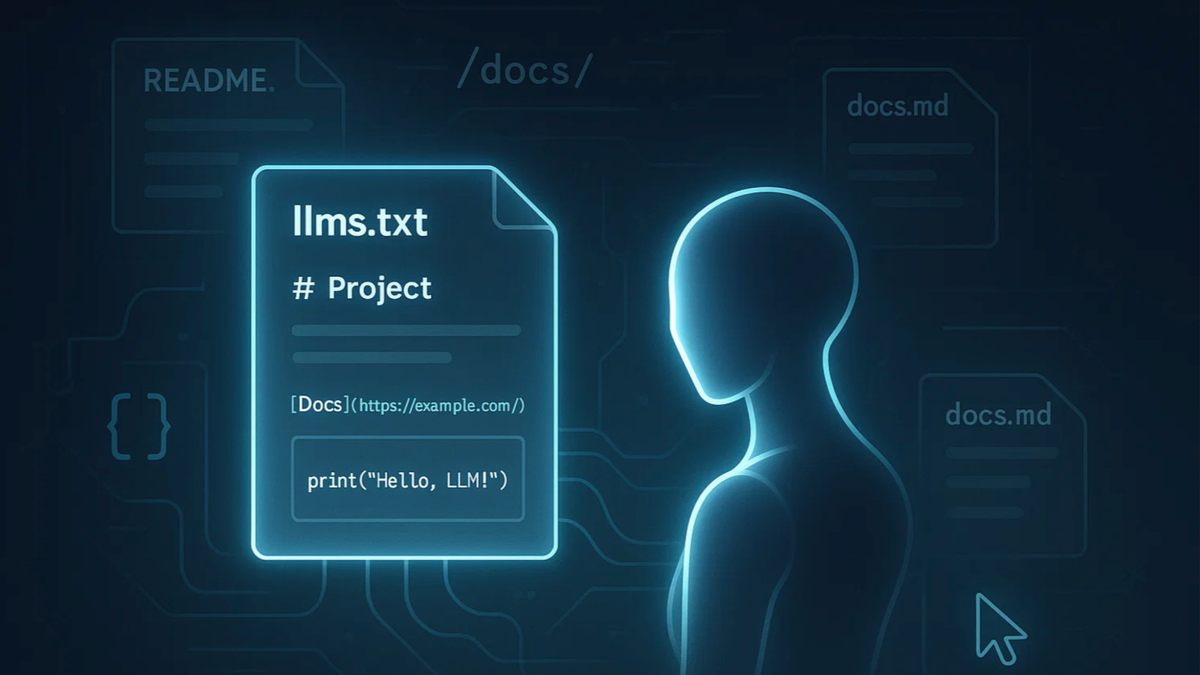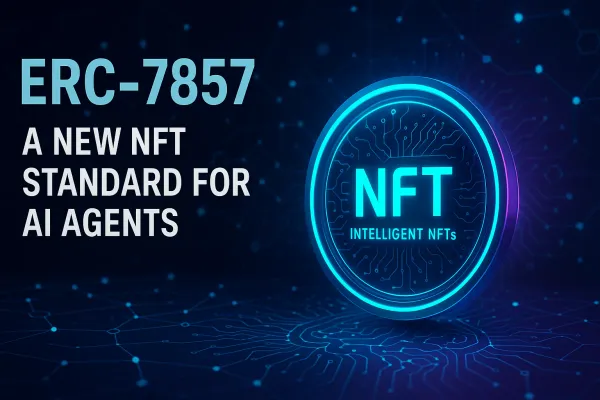Making Your Site AI Friendly with llms.txt

As large language models (LLMs) like ChatGPT, Claude, and Gemini reshape how we interact with information, a quiet but powerful new standard is emerging on the web: llms.txt
If you've ever used a chatbot to explore documentation or analyze code and wished it gave better, more relevant answers, this tiny file might just be the bridge between websites and smarter AI understanding.
Let’s unpack what it is, how it works, and why developers, writers, and product teams should start paying attention.
What is llms.txt?
Proposed in 2024 by Jeremy Howard (cofounder of fast.ai and Answer.AI), llms.txt is a simple Markdown file placed at the root of a website (like /llms.txt). Its goal is to help AI systems quickly access high quality, structured content that’s optimized for inference, not search, not indexing, but real time reasoning.
Think of it like a robots.txt, but for LLMs. Instead of telling Google what not to crawl, it tells AI where the good stuff is.
Why Does It Matter?
LLMs are incredibly powerful, but they struggle with bloated web pages full of ads, scripts, and irrelevant noise. llms.txt helps solve this by giving them
- A curated guide to important docs, tutorials, or data
- Lightweight markdown links to clean, structured versions of your content
- Summaries to give context at a glance
- A standard format that tooling can parse and expand
It’s especially helpful in development environments where fast, accurate access to documentation is critical whether you're building with React, deploying on Kubernetes, or integrating a blockchain SDK.
How Does It Work?
The structure of llms.txt is simple and human readable
# MyProject
> A toolkit for building ultra fast static sites.
## Documentation
[Getting Started](https://example.com/docs/start.md)
[API Reference](https://example.com/docs/api.md)
## Optional
[Contributing Guide](https://example.com/docs/contribute.md)
You can also use tools like llms_txt2ctx to expand this file into AI readable context windows, useful for downstream LLM agents.
Popular open source projects like FastHTML are already adopting this format, and plugins exist for Docusaurus, VitePress, and even Drupal.
Is It Being Used?
Kind of, but it's still early. Here’s the current state
- Fast.ai, Answer.AI, and nbdev projects have adopted it across their docs
- Community plugins are gaining traction
- Google and OpenAI have not officially adopted it yet, but discussions are ongoing
- Some developers are skeptical about its value, but that’s changing as more LLMs begin using live retrieval techniques
Recent blog posts from Yoast and Scalemath suggest that llms.txt is starting to influence content strategies and SEO for AI.
Who Should Use It?
If you manage a
🧑💻 Developer portal
📘 Technical documentation site
🛍️ Product page with feature guides
🎓 Educational platform
you should definitely consider implementing llms.txt.
It’s free, easy to write, and opens the door for AI native interaction with your content.
It’s Not Just for Bots, It’s for the Future
The web wasn’t built for AI. But it’s being reimagined for it. llms.txt is part of a broader movement to make websites understandable not just to humans or search engines but to intelligent assistants, chatbots, and autonomous agents.
Whether it becomes a universal standard or not, it’s a signal. Curated, context aware content matters more than ever.
Want to Try It?
Start with these resources
📜 llms.txt Official Proposal
🛠️ GitHub Repo and Tools
🧪 FastHTML Example
Let your content speak AI
Start with a single .md file
Call it llms.txt




